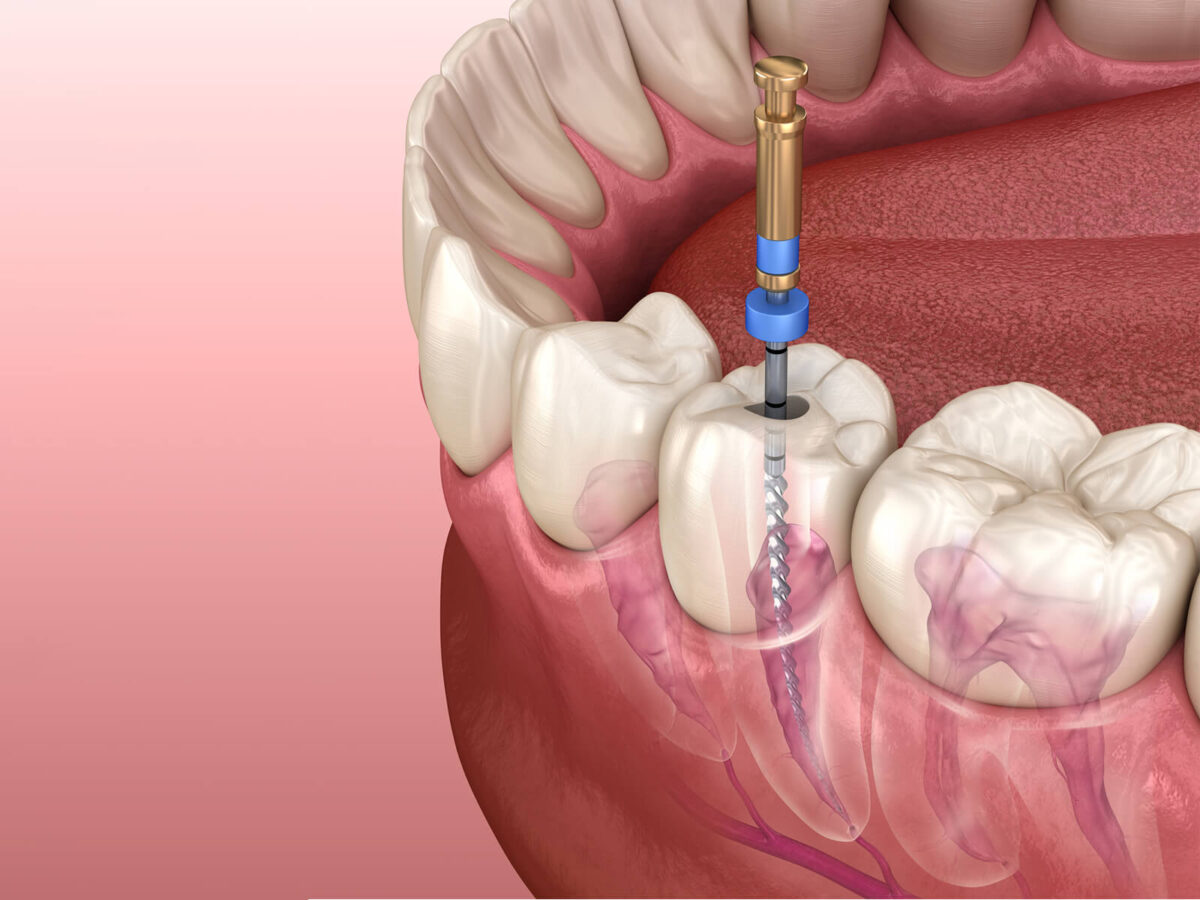Blog
Dental hygiene tips for healthy teeth & gums

Emergency Root Canal Treatment: A Comprehensive Guide
Experiencing severe tooth pain can be distressing, especially if it’s accompanied by swelling or sensitivity to hot and cold temperatures. In such cases, emergency root canal treatment may be necessary to alleviate discomfort and save the affected tooth. In this comprehensive guide, we’ll take a closer look at emergency root canal treatment, covering everything from signs that may indicate the need for urgent intervention to essential aftercare practices for successful recovery.
Understanding Emergency Root Canal Treatment
Root canal treatment, also known as endodontic therapy, is a procedure performed to remove infected or damaged tissue from the inside of a tooth. In emergency cases, such as when a tooth is severely infected or abscessed, immediate intervention may be required to prevent further complications.
Signs that May Warrant Emergency Root Canal Treatment
Several signs and symptoms may indicate the need for emergency root canal treatment, including:
Severe Tooth Pain: Persistent or throbbing tooth pain that worsens with pressure or chewing may indicate an infection or inflammation within the tooth’s pulp.
Swelling: Swelling of the gums or face, especially if accompanied by tenderness or redness, may signal the presence of an abscess or infection.
Sensitivity to Temperature: Increased sensitivity to hot or cold temperatures, particularly when the sensitivity lingers after the stimulus is removed, may indicate nerve damage or infection.
Discoloration of the Tooth: Darkening or discoloration of the affected tooth may indicate underlying damage to the pulp or nerve tissue.
If you experience any of these symptoms, it’s essential to seek prompt evaluation by a dental professional to determine the appropriate course of action.
The Emergency Root Canal Procedure: What to Expect
If emergency root canal treatment is deemed necessary, here’s what you can expect during the procedure:
- Evaluation and Diagnosis: Your dentist will conduct a thorough examination, which may include X-rays, to assess the extent of the infection and determine the best course of treatment.
- Local Anesthesia: Before beginning the procedure, the affected tooth and surrounding area will be numbed with local anesthesia to ensure your comfort throughout the treatment.
- Pulp Removal: The dentist will create an opening in the tooth and remove the infected or inflamed pulp tissue from the root canals.
- Cleaning and Disinfection: The root canals will be thoroughly cleaned and disinfected to remove any remaining bacteria and debris.
- Filling and Sealing: Once the canals are cleaned, they will be filled with a biocompatible material called gutta-percha and sealed to prevent reinfection.
Aftercare Practices for Successful Recovery
After undergoing emergency root canal treatment, it’s essential to follow your dentist’s aftercare instructions carefully. Here are some essential aftercare practices to promote successful recovery:
- Pain Management: Your dentist may prescribe pain medication to help manage discomfort during the initial recovery period. Over-the-counter pain relievers may also be recommended.
- Oral Hygiene: Maintain good oral hygiene by brushing and flossing regularly, being careful to avoid the treated tooth until it’s fully healed.
- Dietary Restrictions: Stick to soft foods and avoid chewing on the treated tooth until your dentist gives you the all-clear to resume normal eating habits.
- Follow-Up Appointments: Attend all scheduled follow-up appointments with your dentist to monitor your progress and ensure the tooth is healing properly.
Conclusion
Emergency root canal treatment can provide much-needed relief for severe tooth pain and prevent further complications associated with dental infections. By understanding the signs that may indicate the need for urgent intervention, the steps involved in the emergency root canal procedure, and essential aftercare practices for successful recovery, you’ll be better prepared to navigate this dental emergency with confidence.
If you’re experiencing severe tooth pain or other symptoms that may indicate the need for emergency root canal treatment, don’t hesitate to contact your dentist or seek urgent dental care. Swift intervention can help alleviate discomfort and preserve the health of your smile.
